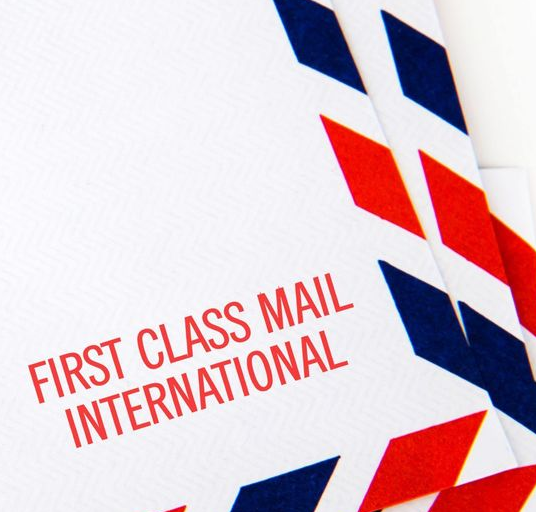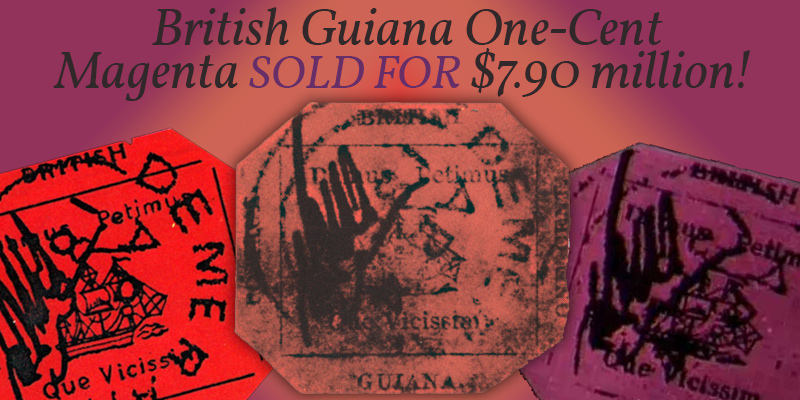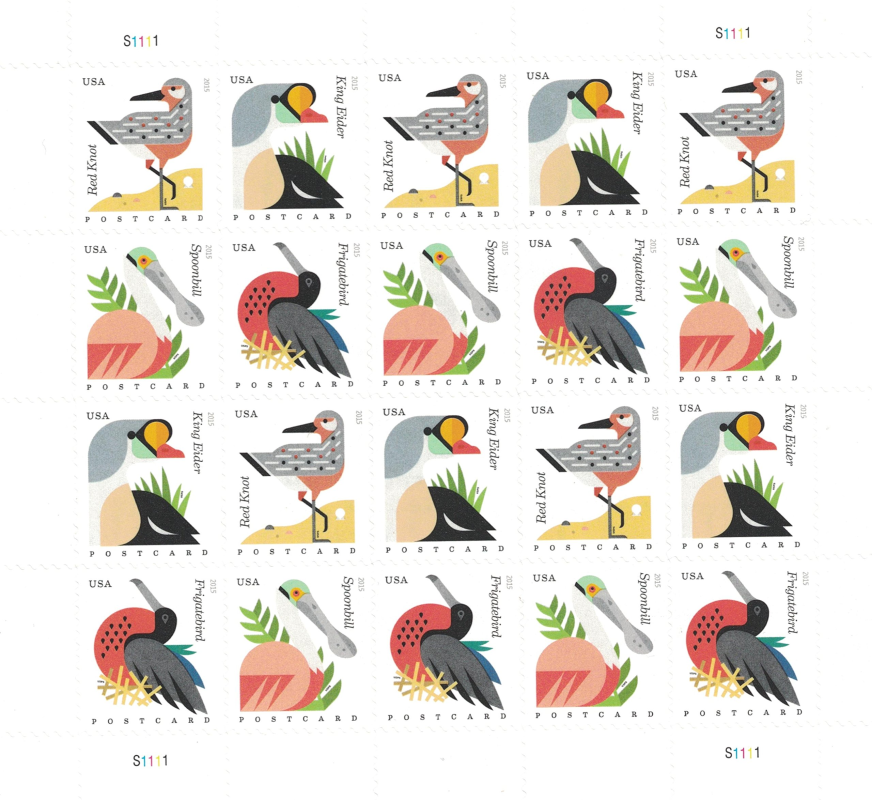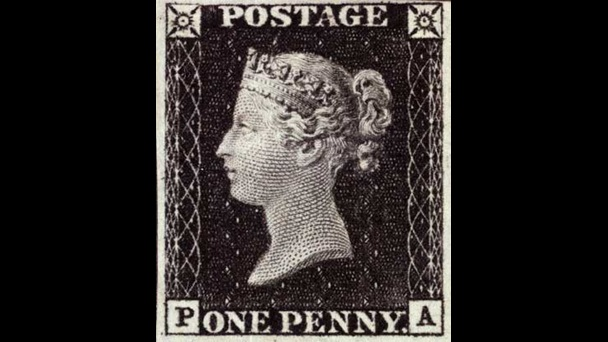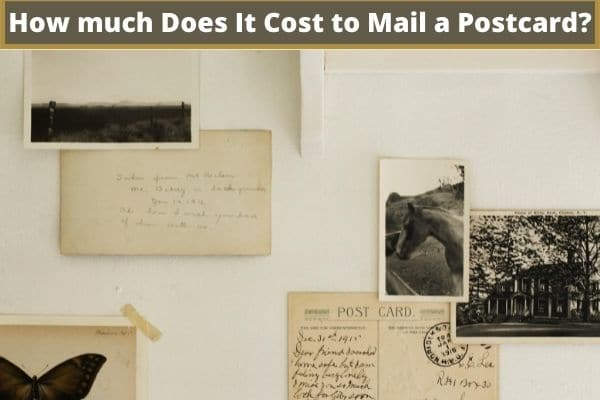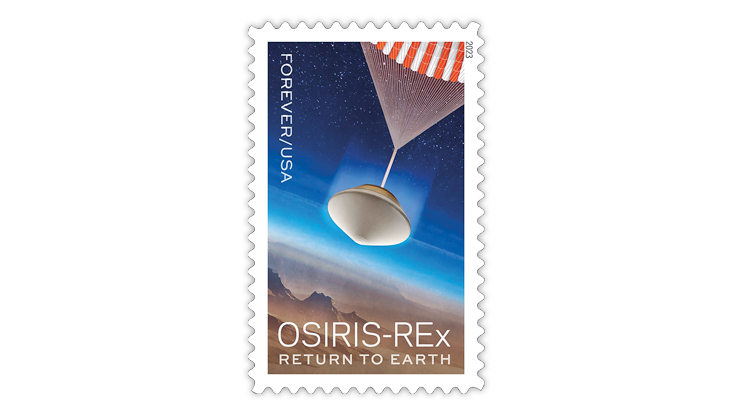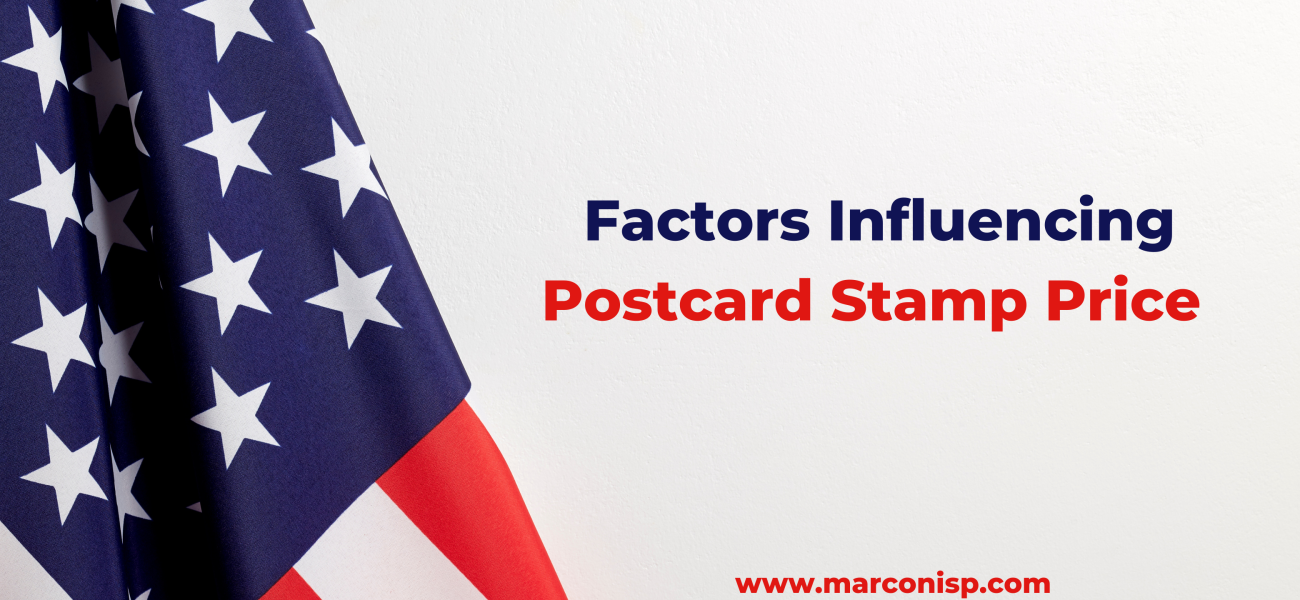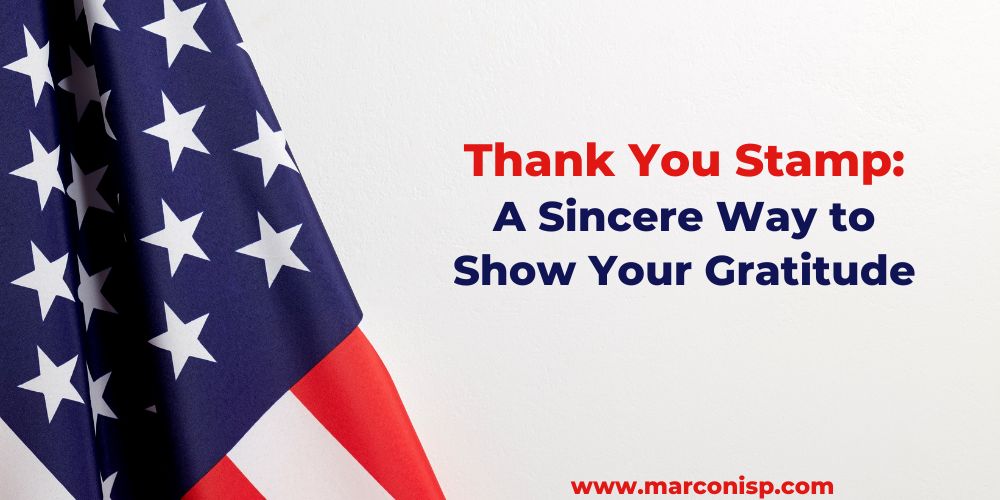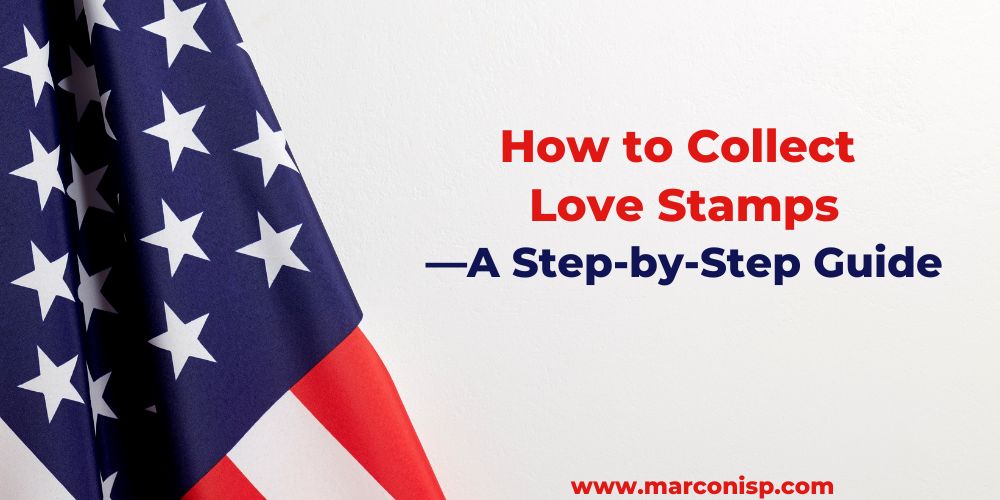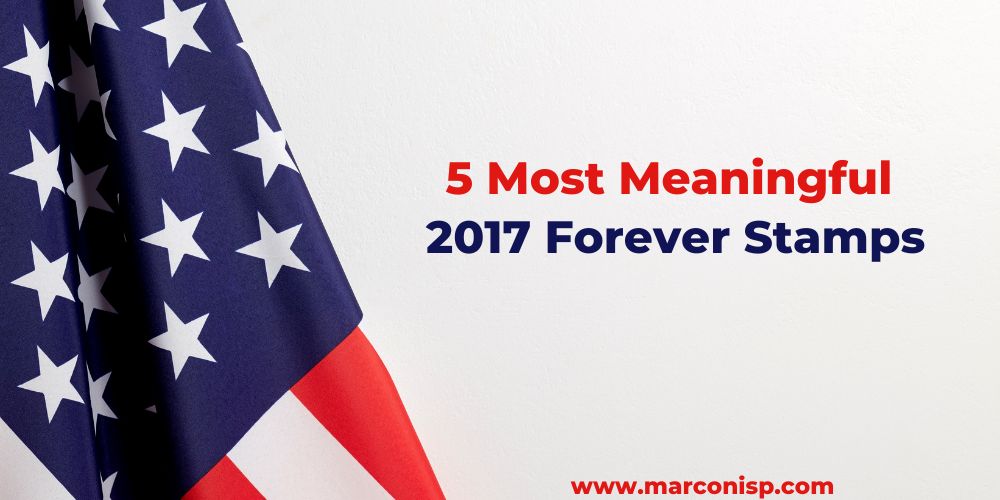As I stood in line at the post office, clutching my package tightly, I couldn’t help but wonder: How long does first-class mail take? The concept of time has always fascinated me, especially when it comes to the postal system.
With eager anticipation, I embarked on a quest to uncover the mysteries surrounding the delivery speed of first-class mail.
Armed with research data and anecdotes from postal workers, I delved into the world of mail transportation, hoping to shed light on the journey my package was about to embark upon.
Join me as we unravel the enigma and discover just how long first-class mail truly takes to reach its destination.
What Is First Class Mail?

First Class Mail is a postal service classification used by the United States Postal Service (USPS) to refer to a specific category of mail. It is the most commonly used mail class and offers a reliable and cost-effective option for sending letters, postcards, and small packages within the United States.
How Much Does First Class Mail Cost?

The cost of First Class Mail depends on various factors, including the weight, size, shape, and destination of the mailpiece. Here are some general guidelines for the pricing of First Class Mail within the United States:
Letters:
● For standard-sized letters weighing up to 1 ounce, the starting price is typically around $0.55.
● Each additional ounce or fraction of an ounce adds an extra cost, which is usually around $0.20.
Large Envelopes (Flats):
● Large envelopes that exceed the dimensions of a standard letter but are still within specific size and weight limits are classified as flats.
● The starting price for First Class Mail flats is usually around $1.00, with additional charges for each additional ounce or fraction of an ounce.
Packages:
● First Class Mail can also be used for lightweight packages.
● The pricing for First Class Mail packages varies based on the weight, size, and destination. The USPS provides a price calculator on their website that can help determine the specific cost of packages.
It’s important to note that these prices are approximate and are subject to change. Postal rates can vary over time, and it’s recommended to check the most up-to-date pricing information on the USPS website or consult with your local post office for accurate pricing details.
Additionally, there may be additional fees or charges for extra services such as tracking, insurance, or certified mail. These services offer enhanced features but may incur additional costs.
How Should I Deliver First Class Mail?(Step by Step Guide)

When it comes to delivering First Class Mail, there are a few important guidelines to follow to ensure that your mail reaches its destination promptly and in good condition. Here are some steps to consider:
Step 1: Package and Prepare the Mail
● Gather the items you want to send, such as letters, documents, or small packages.
● Choose appropriate packaging materials, such as envelopes, padded mailers, or boxes, depending on the items being sent.
● Place the items securely in the packaging, ensuring they are protected and won’t move around during transit.
● Seal the packaging properly, using adhesive, tape, or any provided self-sealing mechanisms.
Step 2: Address the Mail
● Clearly write or print the recipient’s address and your return address on the front side of the package or envelope.
● Include all necessary components of the address, such as the recipient’s name, street address, city, state, and ZIP code.
● Ensure that the addresses are legible and properly formatted to prevent any errors or delays in delivery.
● Optionally, include your contact information or a return address on the back flap of the envelope.
Step 3: Determine the Correct Postage
● Calculate the correct amount of postage based on the weight, size, and destination of the mail.
● Check the current postage rates either by referring to the USPS website, using a postage rate calculator, or consulting your local post office.
● Affix the appropriate amount of postage to the upper right corner of the envelope or package.
● Ensure that the postage is securely attached and is clearly visible.
Step 4: Choose a Delivery Option
● Decide on the most suitable delivery option based on your needs and preferences.
● You can drop off your First Class Mail at your local post office during their business hours.
● Alternatively, you can use a USPS collection box if available in your area, making sure it accepts First Class Mail.
● Consider scheduling a pickup with the USPS if you have a large volume of mail or if you are unable to visit a post office. You may need to contact your local post office to arrange this service.
Step 5: Tracking and Delivery Confirmation (Optional)
● If you want to track your First Class Mail or obtain delivery confirmation, consider using USPS tracking services.
● You can purchase additional services like Certified Mail or Registered Mail for added security and proof of delivery.
● Follow the instructions provided by the USPS to enable tracking or obtain the desired delivery confirmation service.
Step 6: Submit the Mail for Delivery
● Drop off your properly packaged and addressed First Class Mail at the selected location, such as a post office or collection box.
● If using a post office, you can hand the mail to a postal clerk or deposit it in designated drop-off boxes.
● If scheduling a pickup, ensure that you follow the instructions provided by the USPS and have the mail ready for collection at the agreed-upon time.
By following these step-by-step instructions, you can properly prepare and deliver your First Class Mail, ensuring that it reaches its destination efficiently and securely. Remember to check the specific guidelines and procedures of your local postal service or consult with your post office for any additional requirements or recommendations.
How Long Does First Class Mail Take?

The delivery time for First Class Mail can vary depending on several factors. Here is a general guideline for how long First Class Mail typically takes within the United States:
- Local Delivery: For mail sent within the same city or local area, First Class Mail often takes 1 to 2 business days for delivery.
- Regional Delivery: When sending mail to a different region or state within the United States, First Class Mail generally takes 2 to 3 business days for delivery.
- Long-Distance Delivery: If the mail needs to travel across the country or to a more distant location, it can take 3 to 5 business days for First Class Mail to be delivered.
It’s important to keep in mind that the United States Postal Service (USPS) is only providing estimates and cannot guarantee delivery times. The actual delivery time may vary based on various factors, including the volume of mail, the distance between the sender and recipient, and any unforeseen circumstances like weather events or disruptions in the postal network.
It’s also worth mentioning that the delivery times mentioned above apply to regular First Class Mail items, such as letters and small packages. If you opt for additional services like Priority Mail or Priority Mail Express, you may experience faster delivery times.
For international First Class Mail, delivery times can vary significantly depending on the destination country, customs procedures, and transportation networks involved. It is advisable to check with the USPS or the destination country’s postal service for more specific information on international delivery times.
While the USPS strives to meet their delivery targets, it’s important to keep in mind that external factors beyond their control can occasionally cause delays. If you require more precise or time-sensitive delivery, you may consider using expedited services or contacting the USPS directly for guidance.
What Is the Difference Between First Class Mail and Standard Mail?

Businesses have the flexibility to choose the appropriate mail class based on their specific needs and requirements. While First Class Mail is a commonly used option, it is not mandatory for businesses to exclusively use this mail class. However, First Class Mail offers several benefits that make it a preferred choice for many businesses. Here are some considerations:
- Reliability and Speed: First Class Mail is known for its relatively quick and reliable delivery times within the United States. This makes it suitable for time-sensitive correspondence, such as invoices, bills, or important documents that businesses need to reach their customers or partners promptly.
- Professional Image: Using First Class Mail can help businesses project a professional image. It demonstrates a commitment to quality and efficient communication, which can positively impact customer satisfaction and perceptions of the business.
- Affordability: First Class Mail offers cost-effective pricing for sending letters and small packages. While the cost is based on factors like weight, size, and destination, it is generally lower than the rates for expedited services like Priority Mail or Priority Mail Express. This affordability can be advantageous for businesses that send a high volume of mail on a regular basis.
- Additional Services: First Class Mail offers optional services that can enhance delivery and security. Businesses can utilize features like certified mail, registered mail, or delivery confirmation to track and obtain proof of delivery for important or sensitive mailings.
That said, businesses may also explore other mail classes and services provided by the USPS, such as Priority Mail or Priority Mail Express, which offer faster delivery options and additional features. The choice of mail class ultimately depends on factors such as the nature of the mail, desired delivery speed, budget considerations, and the specific needs of the business.
It’s recommended that businesses assess their specific mailing requirements and compare the features, costs, and benefits of different mail classes before deciding which one to use. Consulting with a postal service representative or using online resources provided by the USPS can provide businesses with the necessary information to make informed decisions regarding their mailing needs.
Certainly! Here’s a comparison table to illustrate the differences between First Class Mail and Standard Mail:
| First Class Mail | Standard Mail | |
| Delivery Speed | Typically 1 to 3 business days | Longer delivery time, varies significantly |
| Cost | Higher postage cost | Lower postage rates for bulk mailings |
| Additional Services | Tracking, delivery confirmation, certified mail, registered mail, etc. | Limited additional services available |
| Requirements | Size and weight limitations apply | More lenient size and weight restrictions |
| Use Cases | Time-sensitive mailings, important documents, small packages, letters | Bulk mailings, advertisements, catalogs, flyers |
Conclusion
In conclusion, First Class Mail provides a reliable and efficient option for sending letters, documents, and small packages within the United States. While delivery times can vary depending on the distance and other factors, First Class Mail generally takes between 1 to 3 business days for local and regional deliveries, and 3 to 5 business days for long-distance shipments. It’s important to keep in mind that these are estimated delivery times, and actual delivery may be impacted by unforeseen circumstances or peak mailing periods. Nonetheless, First Class Mail remains a popular choice for its speed, affordability, and additional services like tracking and delivery confirmation. Whether you’re a business seeking prompt communication or an individual sending personal correspondence, First Class Mail ensures your items reach their destination with efficiency and professionalism.


